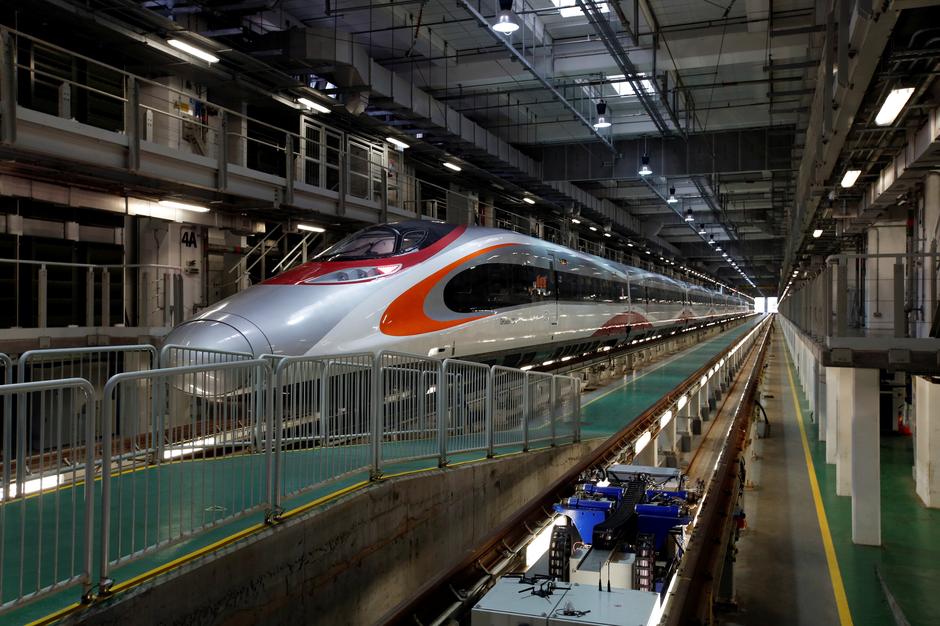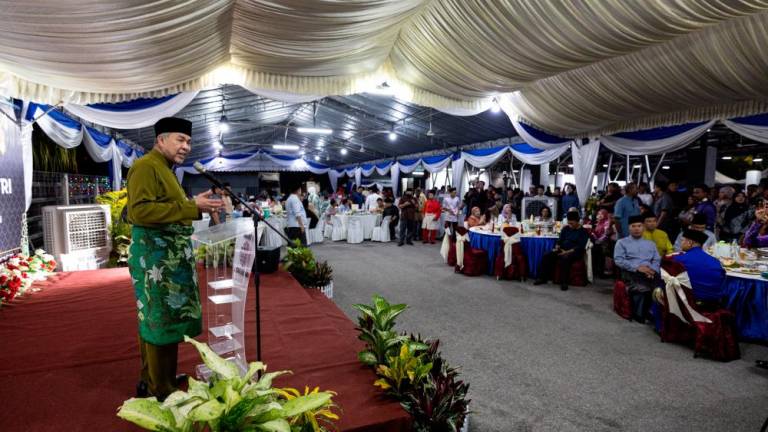KUALA LUMPUR: The famous Japanese “Shinkansen” or bullet train, the world’s leading high-speed rail network, with speed that can reach up to 320 kilometres per hour, showcases the country’s technological advancement in its railway system.
Japan’s efficient railway system which also boasts safety, reliability, punctuality and environmental friendliness, is of particular interest to Prime Minister Tun Dr Mahathir Mohamad to learn how the country optimises the use of its railway network efficiently, by citing an example of the continuous rush at the Tokyo Station being the country’s largest and busiest railway station.
In launching the National Transport Policy (NTP) 2019-2030 recently, Mahathir wanted the country’s railway services to be fully utilised, reduce the use of private vehicles, encourage freight transport and invite the private sector to operate the rail services.
Malaysian Institute of Transport (Mitrans) director Dr Harlina Suzana Jaafar said the current situation in the country was that the focus of rail services was to transport passenger and not freight.
“When we give priority to passengers, freight transportation is not fully operational and as a result it can only operate after midnight as passenger and freight shared the same railway lines and priority is given to passenger trains,” she told Bernama.
Among the key strategies under the NTP 2019-2030 are the establishment of various operators for railway services and the upgrading of rail facilities at the ports to facilitate the movement of goods.
Harlina explained that according to a study carried out last year by Keretapi Tanah Melayu Berhad (KTMB), the capacity of the use of rail services has reached between 88% to 98% for the northern and central region.
However, for the east coast and the southern regions, it was still under capacity, between 25% and 46%, respectively.
“We expect KTMB to increase the passenger and cargo trips once the rehabilitation of the railway lines and the Electric Train Services (ETS) in the southern region completed next year.
“We can expect ETS services in the southern region to reach capacity utilisation of up to 90% by 2021,” she said.
In this regard, she proposed a dedicated rail line to transport freight to be established at all trade entry points including ports and airports.
“This service can be expanded by improving feeder transportation at each passenger station. If we have this dedicated rail line, more efficient and modern loading-unloading as well as storage facilities can be built, similar to the developed countries.
“It is to facilitate smooth movement of goods as well as passengers.
“This will certainly reduce the cost of transportation as the tonnage that can be transported by train will be 30 times higher than those using roads,” she said.
The proposal, Harlina said, may be considered illogical to some, but the fact was that in the west coast the routes were already fully utilised and with the construction of a dedicated rail line to transport freight, modern and sophisticated facilities could also be established, similar to the ones in Japan.
Japan has sent two teams of railway officials and experts to Malaysia following the prime minister’s request for assistance in the country in an effort to increase the country’s existing railway network.
In Tokyo and its surrounding area, which has a combined population of 36 million, the use of the railway network has reached up to 60%, compared to only 20% in cities such as London and New York.
Public Transport Users Association (4PAMS) president Ajit Johl said in order to strengthen the public transport, especially the rail services, the frequency should be increased as people were beginning to take advantage of its services.
Ajit said it was due to the low cost, low accident risk, and most importantly, that there was no need to face the traffic congestion.
He said the government’s invitation for private sectors to become rail operators in the country was also a great fit to encourage more choices for consumers as the market could be broken into different categories depending on the demand. — Bernama













